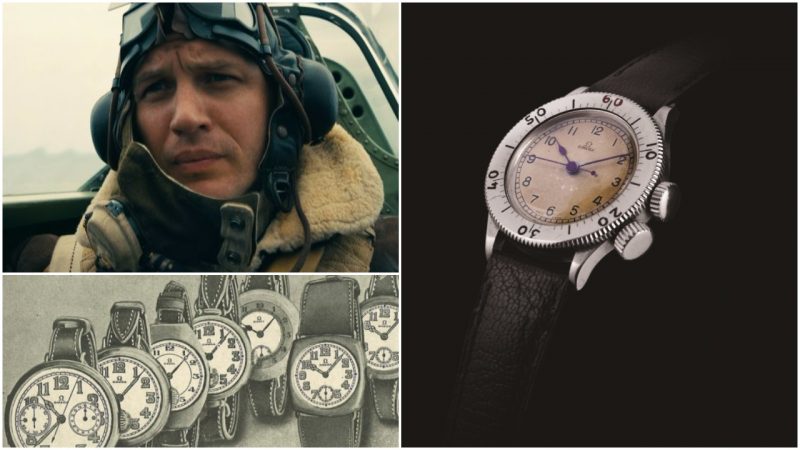Hollywood has been making movies about World War II since well before the final armistice papers were signed. And while the stories tend to focus on heroism and sacrifice, timekeeping often plays an important supporting role in these films.
Take director Christopher Nolan’s Dunkirk. From the tick-tock percussion of composer Hans Zimmer’s soundtrack to the layered timelines, one of the themes of the flick is that timing is everything. Which is why Dunkirk‘s costume department painstakingly researched the timepieces that appeared onscreen, including the Omega CK2129 model on the wrist of Tom Hardy’s RAF aviator.
While glancing at a watch is often used as cinematic shorthand for the passage of time, in war films, set in the days before computers, horology was also an important part of storytelling because servicemen and women relied on watches to help calculate everything ranging from distance over speed for navigation to, as Hardy’s aviator in Dunkirk demonstrates, fuel rationing and travel times.

It was also crucial that the leadership could synchronize their watches during important missions. With British manufacturing tied up with the war effort, the Ministry of Defense depended on imports from neutral Switzerland. Companies such as the International Watch Company, Jaeger LeCoultre, and Omega all produced timepieces in accordance with Britain’s strict military standards.
Omega in particular delivered more than 110,000 pilots’, navigators’, and soldiers’ watches to Great Britain’s military personnel. In the early days of the war, the CK2129’s rotating bezel was highly valuable for pilots and navigators during missions, as it enabled the timing of specific intervals. On bombing raids, for example, these timing intervals became crucial. Its rotating bezel could also be locked by the watch’s second crown, so that the timing couldn’t be affected by accidental jostling. Threaded case backs provide water proofing in case the pilot had to ditch in the sea (as flyboy Collins was forced to do in Dunkirk). Watches that met the required water-proofing standard were engraved with the letters W.W.W. for Waterproof Wrist Watch.
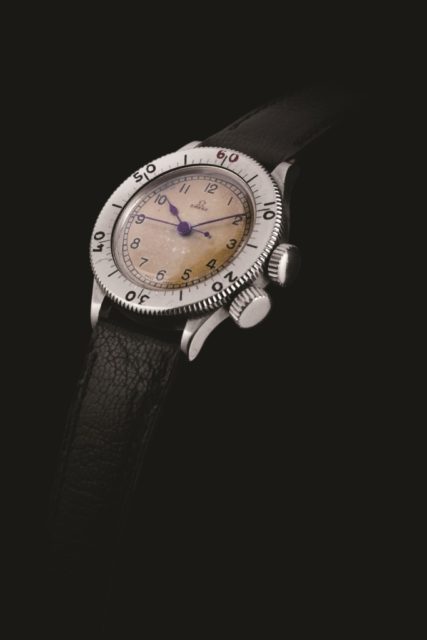
During wartime, watchmakers also provided wrist instruments to Allied prisoners of war (on the honor system). One of the best known of these POW watches was the Rolex 3525 Chronograph. Rolex founder Hans Wilsdorf—a German-born Brit who moved to Switzerland to make watches—offered watches to Allied prisoners with the proviso that the company would be paid back after victory over the Nazis.
In 1942, one such Rolex recipient was Royal Air Force officer John Francis Williams, who was held in captivity at Stalag Luft III, the German camp made famous in the movie The Great Escape. Williams was one of 76 prisoners who tunneled out of the camp. Unfortunately, his freedom was short-lived, and he was later executed by the Germans. Before his death, he was able to secure the watch and other effects, giving them to another prisoner who brought them back to his family in England after the war. Williams’ watch recently sold at auction for $256,000.
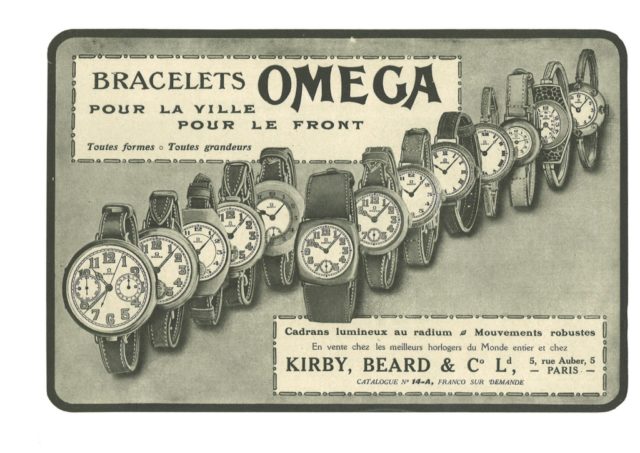
As a tribute to Rolex, in The Great Escape movie, Steve McQueen can be seen wearing a Speedking to help him pass the time in the cooler.
The Swiss did not have the military watch market totally cornered. In America, brands like Elgin, Bulova, and Waltham all produced timepieces for the war effort. And as World War II progressed, so too, did the watches that went to war. Mil-Spec timepieces commissioned by both Allied and Axis forces needed to be regulated to chronometer standards, be dust, water, and shockproof and, for clarity, have a black dial, Arabic numerals, luminous hour and minute hands, luminous hour markers, a railroad minute track, a shatterproof crystal, and a stainless-steel case.
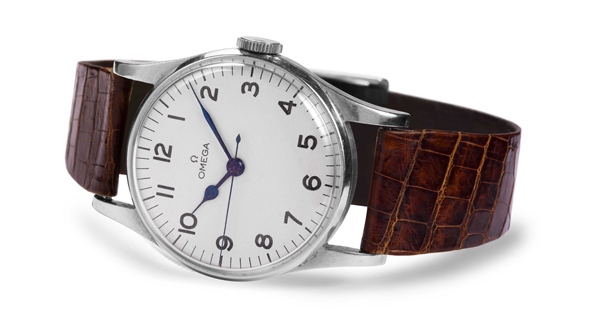
In America, the watch that best met those requirements was known as the A-11, AKA “the watch that won the war.” Even before the United States entered the conflict, the Bulova Watch Company contracted with the U.S. government to produce instruments such as altimeters, variometers, and time fuses for explosives. For the troops, the company also provided the Bulova “Hack” Watch—its version of the A 11. It came with a special lock-down apparatus to allow for precise synchronization.
In the 2012 film Red Tails, Cuba Gooding, Jr. portrays a fighter pilot serving with the African American US Army Air Force in Italy during WWII. His character, Major Emanuelle Stance, sports a Bulova A11 Pilot’s Watch to help him time his squadron’s missions escorting bomber planes into Europe.
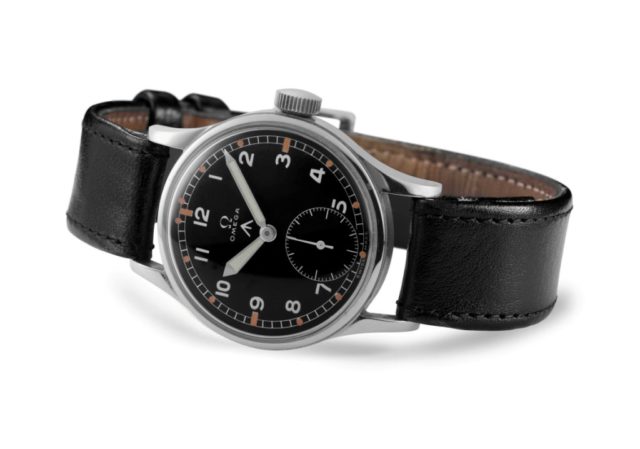
American watch manufacturers gave up a lot to support the war effort. In fact, from 1942 to 1946, the Hamilton Watch Company of Lancaster, Pennsylvania, stopped manufacturing consumer goods and dedicated itself to producing timekeeping instruments for the U.S. government and its allies.
At the cutting edge of time-keeping technology back in the 1940s, the design elements of these watches can still be seen in in today’s U.S. military-issued watches.
Which brings us to one of the most anachronistic chronometers to appear on the silver screen. In the 1978 feature Force 10 From Navarone (a sequel to the hit The Guns of Navarone), a group of Allied saboteurs must make their way through enemy lines to blow up a dam. As Robert Shaw’s character coordinates his team, the audience can catch a close-up of a Hamilton Broad Arrow. While Hamilton produced many important watches during the Second World War (most notably the 1943 Canteen or Frogmen diving watch), the Broad Arrow was not introduced until the 1970s.
————————————————————————————————————————————————————————————————————————————————————

